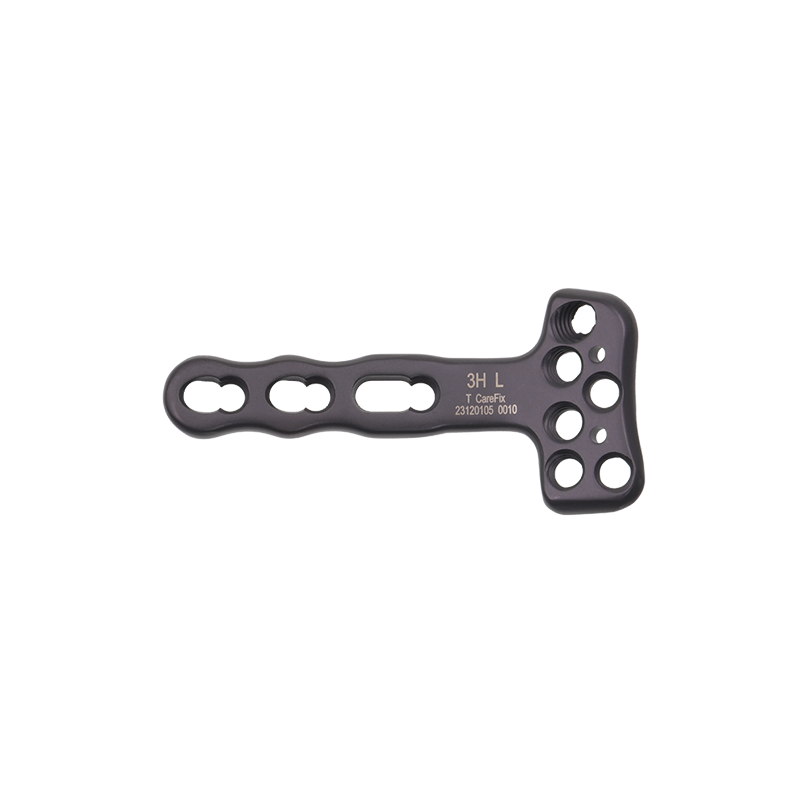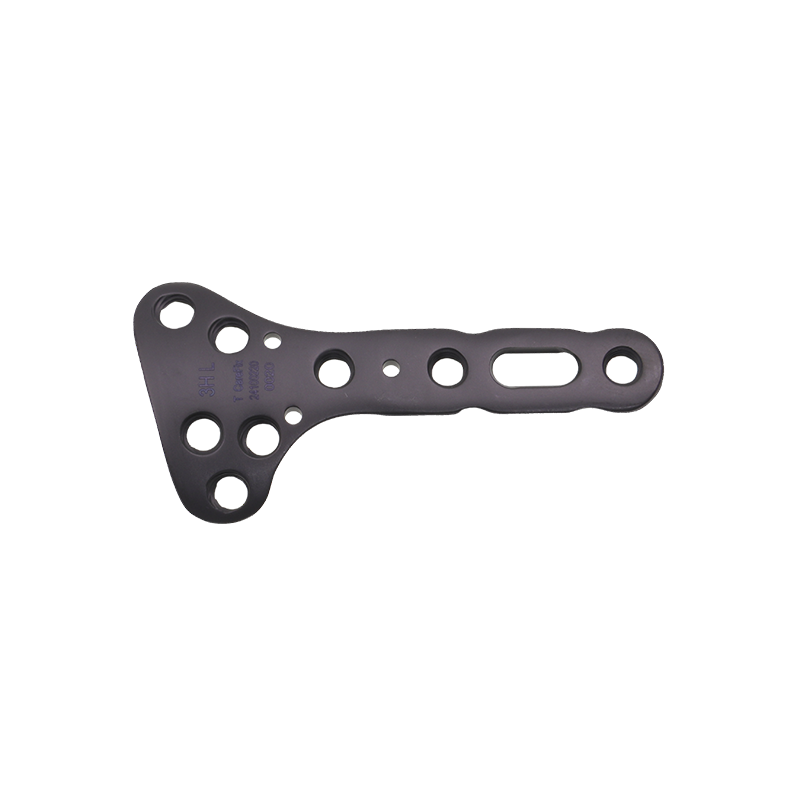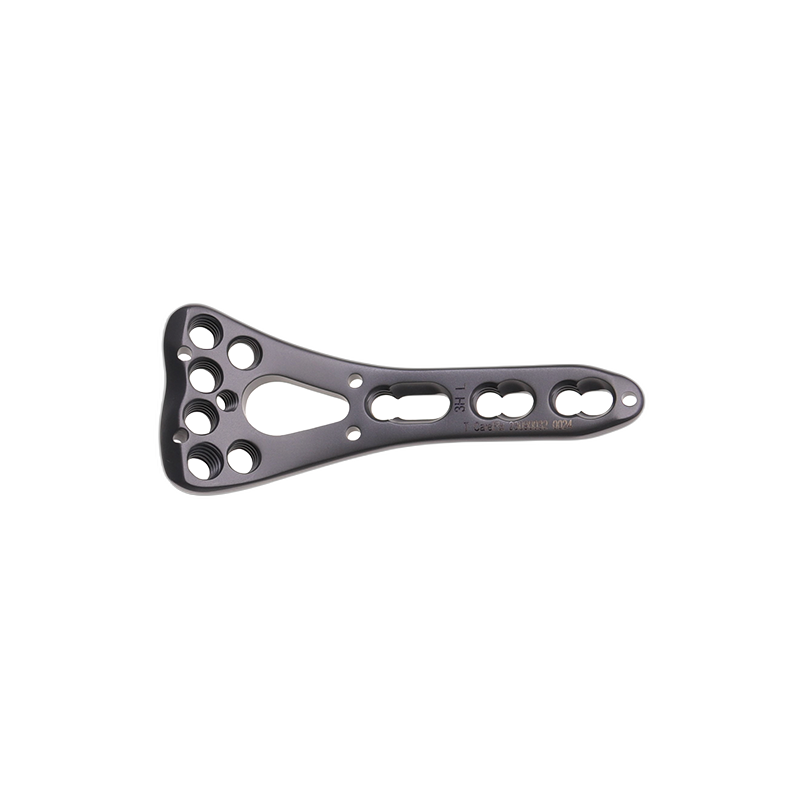proximal radius plate
The proximal radius plate is an advanced orthopedic implant specifically designed for treating fractures and injuries in the upper portion of the radius bone. This innovative medical device combines precise engineering with anatomical considerations to provide optimal support and stability during the healing process. The plate features a low profile design that minimizes soft tissue irritation while maintaining structural integrity. Manufactured from high grade medical titanium alloy, it offers exceptional biocompatibility and resistance to corrosion. The plate incorporates multiple screw holes with variable angle locking capabilities, allowing surgeons to achieve secure fixation even in complex fracture patterns. Its pre contoured shape matches the natural anatomy of the proximal radius, reducing the need for intraoperative bending and ensuring proper alignment. The plate's sophisticated design includes specific zones for both locking and compression screws, enabling surgeons to implement different fixation strategies based on fracture patterns and bone quality. Additionally, the system comes with specialized instrumentation for precise placement and alignment, facilitating efficient surgical procedures and optimal patient outcomes.


